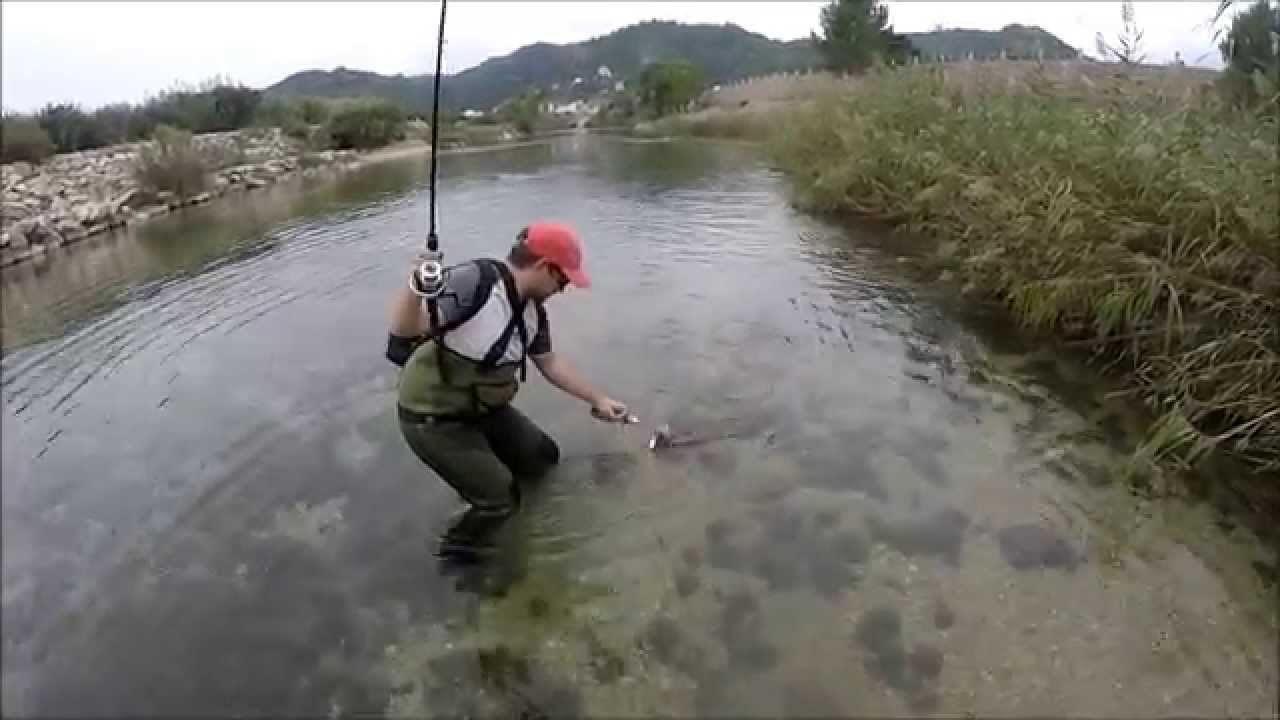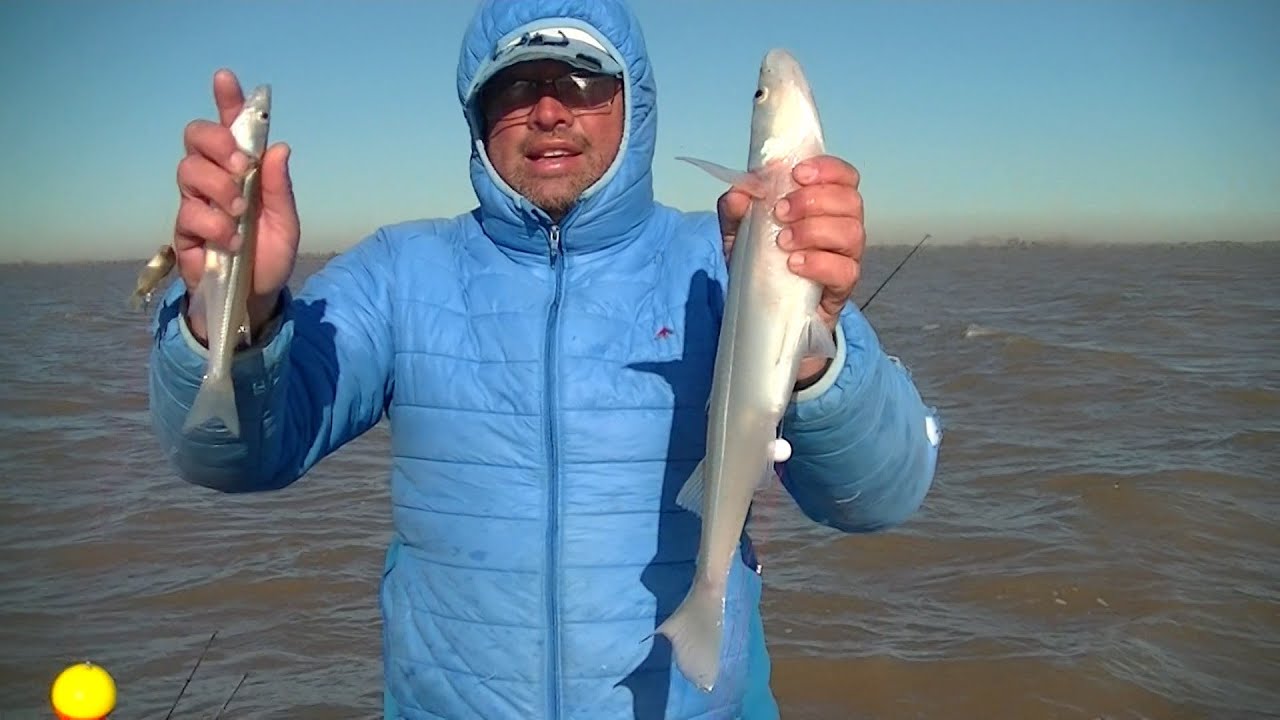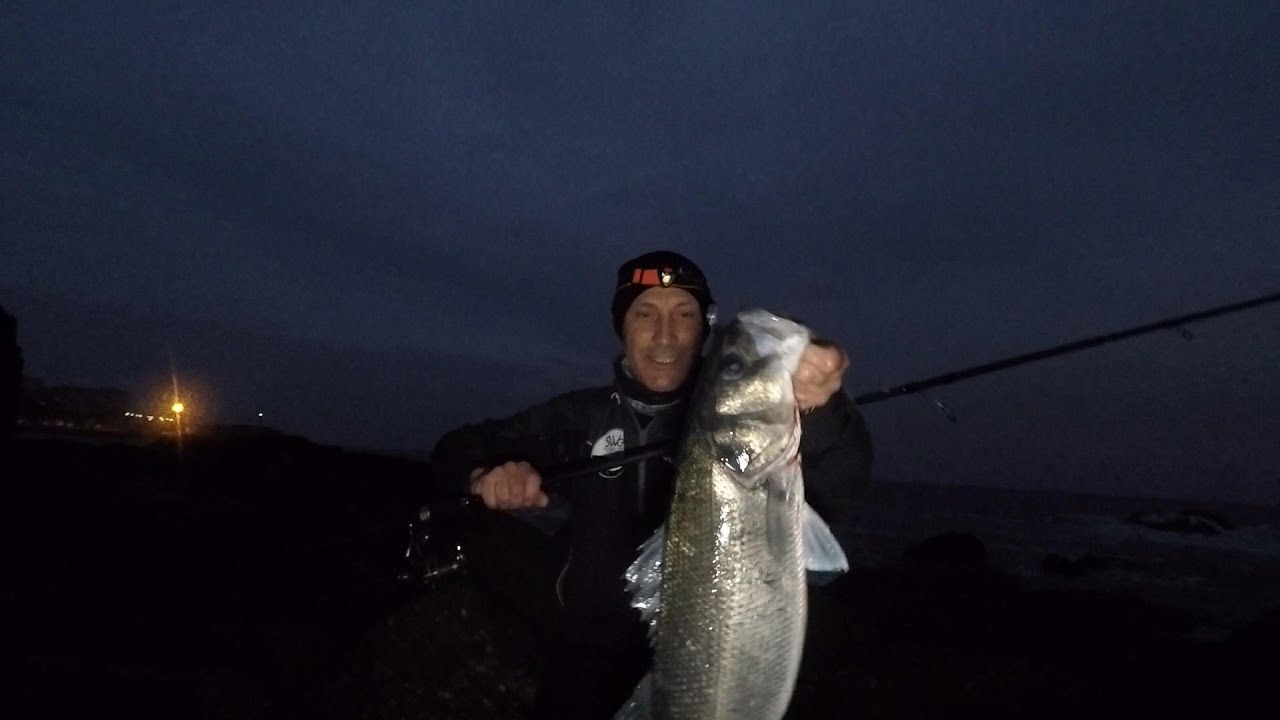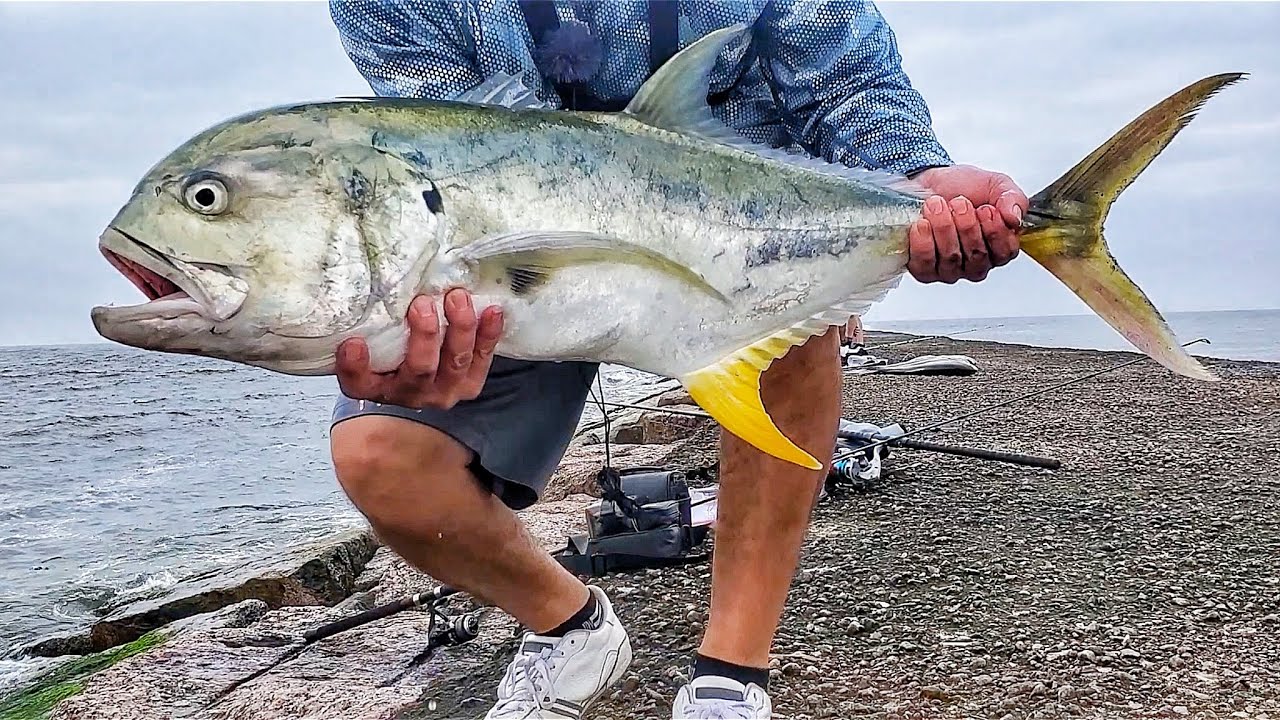Welcome to a new fishing article, where you will learn how to fish for turbot. A species very similar to sole, which you can find on sandy bottoms.
Know each of the peculiarities of the turbot, and identify how you can capture it. Whereas there are various fishing techniques.
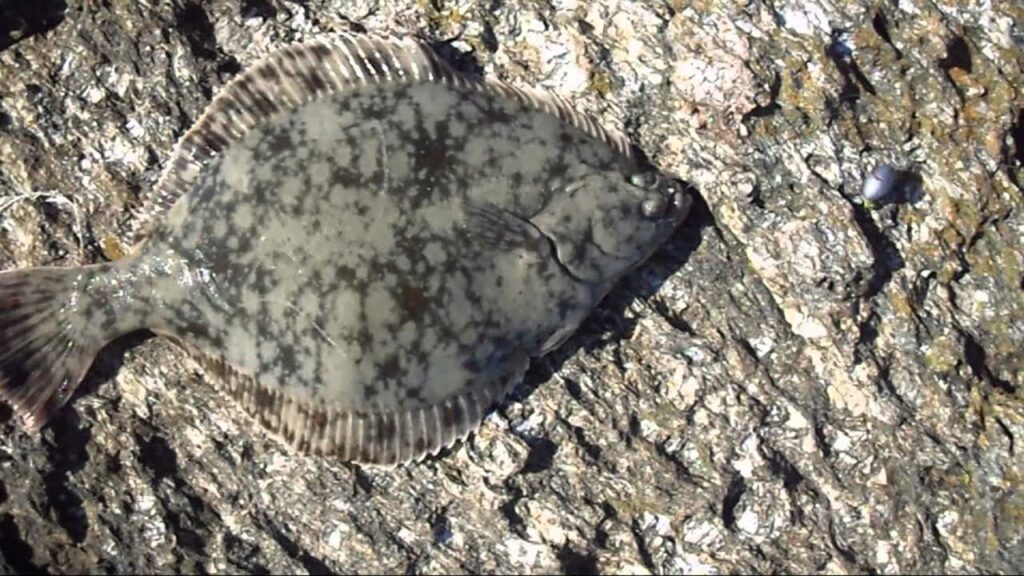
How to Fish Turbot
Knowing the fish you want to catch leads to successful fishing.
Let's meet the turbot! An almost circular rhomboid shaped flatfish. Both eyes can be seen from the left side, the side that faces the surface. It has tubercular bones, which give it the ability to camouflage itself in any detrital background. Its right side always poses in the sand, therefore, it is completely depigmented and without scales.
The turbot is a fish that can reach a considerable size, measuring even more than 1 meter in length, and weighing up to 15 kg. Commonly, specimens of about 60 cm in length are fished, with the females being larger than the males.
The Mediterranean Sea, the Cantabrian Sea, the Atlantic Ocean, and even the North and Baltic Seas, and the English Channel, are frequented by turbot. In fact, you can fish for them and you will surely find some specimens.
It should be noted that the turbot lives in shallow waters, and as an adult prefers deeper waters. Being the muddy bottoms or soft sands, their most common habitat, especially near the piers and breakwaters in certain seasons of the year.
The turbot is a not very voracious carnivorous predator, which feeds on benthic fish. However, on occasion, they tend to catch and eat certain crustaceans and mollusks.
How to fish turbot? Here we will leave you some information on how to achieve it.
Fishing for turbot with a rod! You can do it surfcasting, as this is one of the most recommended techniques to capture this species. However, you can opt for other equally effective techniques, such as kite fishing, spearfishing or waiting.
Regardless of the fishing technique you choose to catch turbot, you should follow some tips, and we will leave them here for you:
- It knots the rig very well to the main line. If the weight is greater than the resistance of the knot, you risk losing the hold
- Throw the lure or bait and wait for it to sink to the bottom. To achieve this, it is essential that you have the right weight, which allows you to sink quickly
- If you notice that the fish is not biting after making about 10 strokes with the rod to move the lure, you should quickly reel in the line and cast again in another area. Keep in mind that the turbot does not move unless its food is very close to it.
- If you feel tension in the dive, nail safely but without making a movement that is too violent. Then slowly reel in the line, balancing your weight on the rod.
- Use a landing net to help you get the turbot out of the water
Attentive! These tips are key to successful turbot fishing.
